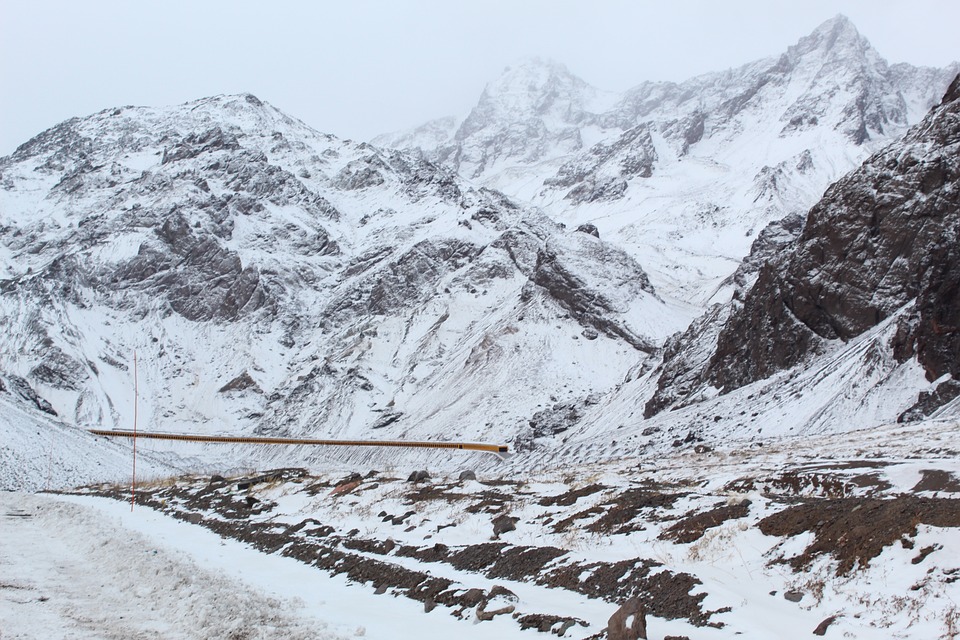The Cryogenic Frontier: Pioneering Efforts to Achieve 0 K and Beyond
Imagine a world where temperatures are so low that the very fabric of matter seems to come to a standstill. A world where the laws of physics are pushed to their limits, and the boundaries of human understanding are stretched to new extremes. Welcome to the cryogenic frontier, where scientists and engineers are pioneering efforts to achieve the ultimate temperature: absolute zero, or 0 K.
What is Absolute Zero?
Absolute zero is the theoretical temperature at which all matter would have zero entropy, or disorder. It’s a state where all molecular motion ceases, and the universe would be in a state of perfect stillness. In theory, achieving 0 K would allow us to manipulate matter at the atomic and subatomic level, enabling breakthroughs in fields like quantum computing, advanced materials, and even space exploration.
The Challenges of Achieving 0 K
Reaching 0 K is no easy feat. As temperatures approach absolute zero, the laws of thermodynamics become increasingly complex, and the challenges of maintaining a stable, cold environment grow exponentially. Currently, the lowest temperature ever recorded is around 450 picokelvin (pK), achieved using a combination of laser cooling and magnetic trapping. However, even this remarkable achievement is still a far cry from the theoretical 0 K.
New Frontiers in Cryogenics
Despite the challenges, researchers are pushing the boundaries of cryogenics, exploring new methods and technologies to achieve 0 K and beyond. Some of the most promising approaches include:
- Quantum Computing: The development of quantum computers relies on the ability to cool materials to extremely low temperatures, enabling the manipulation of quantum states.
- Advanced Materials: Cryogenic temperatures can be used to create new materials with unique properties, such as superconductors and superfluids.
- Space Exploration: Cryogenic technologies could play a crucial role in the development of advanced propulsion systems and life support systems for deep space missions.
Image: A concept illustration of a cryogenic laboratory, where scientists are working to achieve 0 K and beyond.
FAQs
Q: What is the current record for the lowest temperature achieved?
A: The current record is around 450 picokelvin (pK), achieved using a combination of laser cooling and magnetic trapping.
Q: How close are we to achieving 0 K?
A: We are still far from achieving 0 K, but researchers are making progress in developing new technologies and methods to reach this goal.
Q: What are the potential applications of achieving 0 K?
A: Achieving 0 K could lead to breakthroughs in fields like quantum computing, advanced materials, and space exploration.
Q: Is achieving 0 K possible?
A: While achieving 0 K is theoretically possible, it is a highly challenging task that requires significant advances in our understanding of thermodynamics and cryogenics.
Q: What are some of the challenges of achieving 0 K?
A: Some of the challenges include maintaining a stable, cold environment, overcoming the laws of thermodynamics, and developing new technologies and methods to cool materials to extremely low temperatures.
As we continue to push the boundaries of cryogenics, we may yet unlock the secrets of the universe and achieve the ultimate temperature: absolute zero. The cryogenic frontier is a fascinating and rapidly evolving field, and we can’t wait to see what the future holds.



